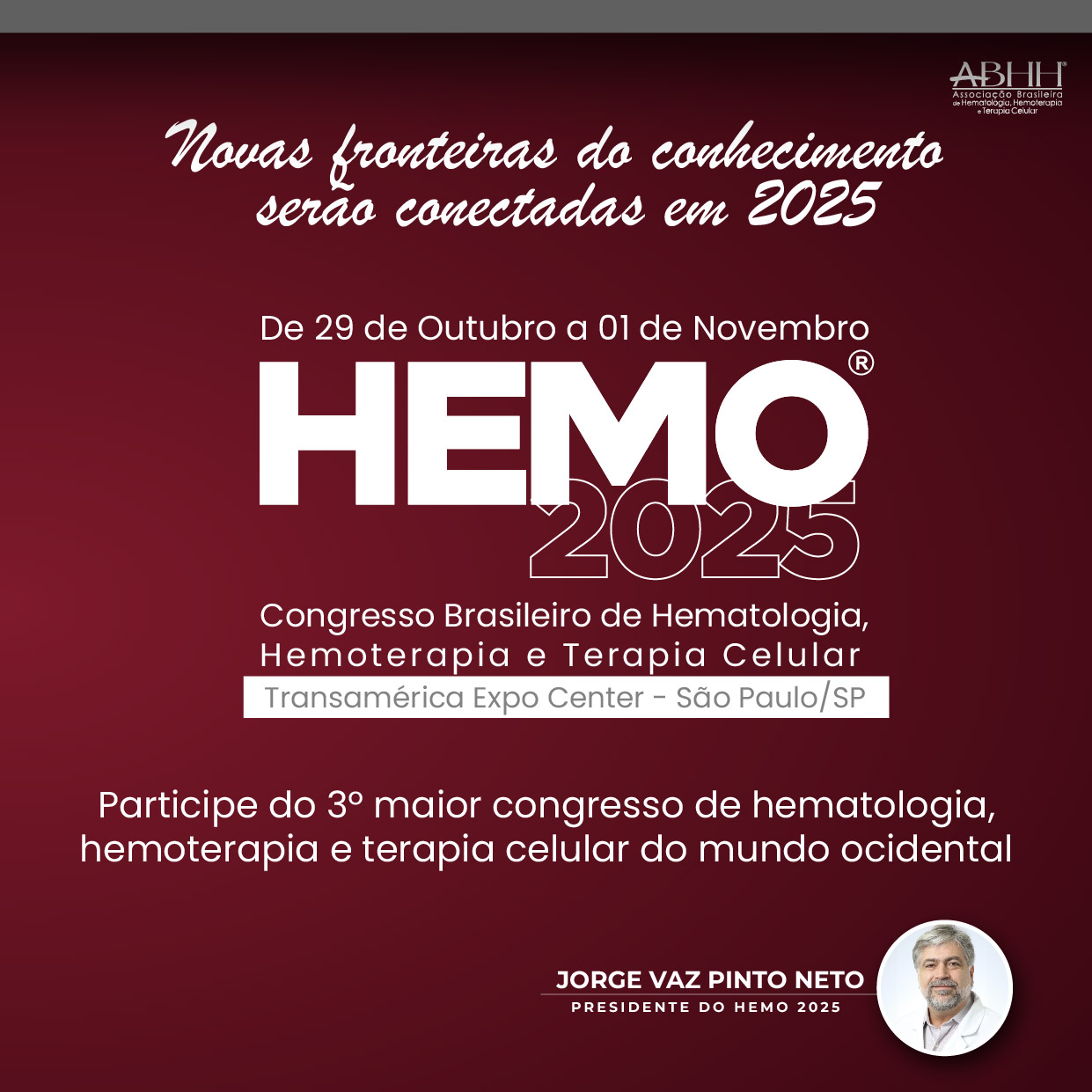
T-cell Lymphoma is a relatively common hematological malignancy in Kosovo compared to the other lymphoid malignancies. Among the other subtypes, Anaplastic large T-cell lymphoma is the most common. The diagnosis of this disease has increased in the last few years and the treatment with chemotherapy and other supportive care has still many challenges. In this study we aimed to better define the presenting features of these diseases in Kosovo.
MethodsCross sectional retrospective epidemiological study. The data was collected during the period of June 2018 to June 2023.The data were collected from the chemotherapy treatment protocol books in the Hematology clinic of the UCC Kosovo. The studied population was constituted by patients aged 18-years old and older, both genders, diagnosed the treated with T-cell Lymphoma in the Hematology clinic of Kosovo. The diagnosis was made based on histopathological and immunohistochemical analysis of lymph nodes or bone marrow biopsies.
ResultsDuring the period considered time-period, 44 patients were diagnosed and treated with T-cell lymphoma, the most common was Anaplastic large T-cell lymphoma (n = 9, 19.5%) followed by Enteropathy associated T-cell lymphomawith (n = 7, 14.6%), and NK/T-cell lymphoma with (n = 5, 9.7%). Other cases included a T Lymphoma/Leukemia accompanied by cirrhosis hepatis and the only case of gamma/delta T-cell lymphoma. Among the 44 TCL, 29 were treated with CHOP regimen as first line chemotherapy.
ConclusionsTCL are relatively common in Kosovo, with 44 cases diagnosed over 5-years. The majority of patients were treated with the CHOP chemotherapy protocol as first line therapy. The results of the treatments were successful in achieving remissions in a small number of patients. The patients that did not achieve remission received a second treatment protocol with mixed results and were sent to transplant center. Prolonged survival was exceptional, confirming the need for new targeted approaches.






